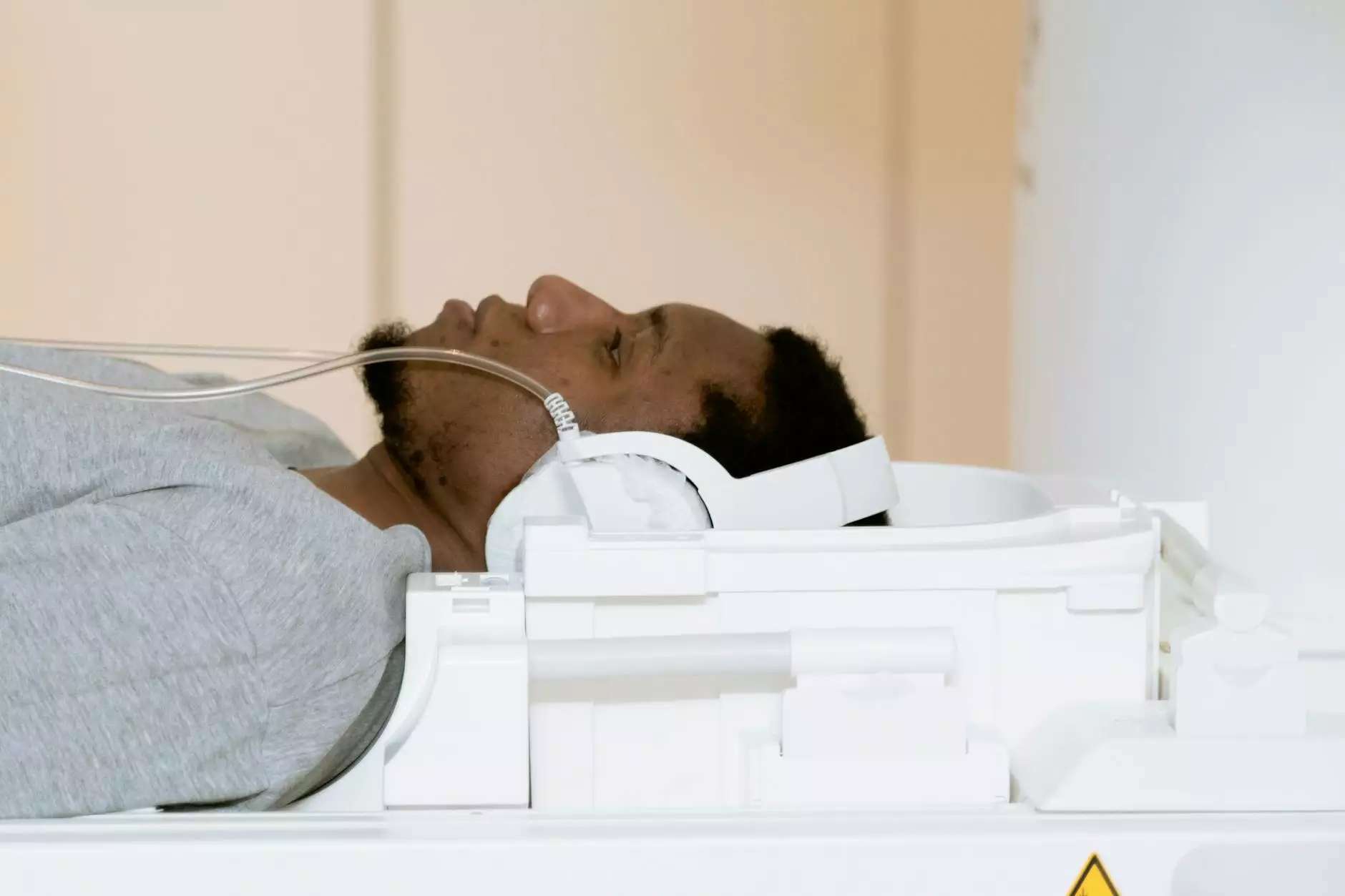Labor and Delivery - Health Library
Health Library
Introduction
Welcome to Furstenberg Michael Dr's Health Library page dedicated to Labor and Delivery. In this comprehensive guide, we will explore a range of topics related to the miraculous journey of pregnancy, labor, and delivery. Whether you are an expectant mother, a partner, or a healthcare professional, this resource aims to provide you with valuable insights and information. From the stages of labor to pain management options and postpartum care, we have you covered.
The Stages of Labor
Labor typically consists of three distinct stages: the first stage, the second stage, and the third stage. Each stage plays a vital role in the birthing process:
First Stage: Early Labor
During early labor, the cervix begins to dilate and efface, and contractions become regular. This stage can last for several hours, and it is important to stay calm and focused. Remember to breathe deeply and consider various comfort measures, such as taking warm baths or utilizing relaxation techniques.
First Stage: Active Labor
Active labor marks the transition from early labor to the more intense phase of the birthing process. Contractions become stronger and closer together, resulting in further dilation of the cervix. At this stage, it is advisable to head to the chosen birthing location and inform your healthcare provider or midwife.
First Stage: Transition
Transition is the final phase of the first stage of labor. During this period, the cervix dilates fully, preparing for the second stage of labor. Many women experience intense contractions, and emotions can run high. Partner support, breathing techniques, and pain management options can help navigate this challenging phase.
Second Stage: Delivery
The second stage of labor begins once the cervix is fully dilated. At this point, the focus shifts to actively pushing and delivering the baby. The healthcare team is there to guide you through this process, ensuring the safety of both the mother and the baby. It is common to experience a sense of excitement and anticipation during this stage.
Third Stage: Placenta Delivery
The third stage of labor involves the delivery of the placenta. After the baby is born, the uterus contracts to expel the placenta from the body. Healthcare professionals will monitor this process and provide any necessary medical interventions to ensure a smooth completion of labor.
Pain Management Options
The experience of labor and delivery varies for every individual, and so do pain management preferences. Here are a few common pain relief options that you may consider discussing with your healthcare provider:
- Non-Pharmacological Techniques: These include breathing exercises, massage, warm showers, and using birthing balls or chairs to promote comfort and relaxation during labor.
- Pharmacological Options: Medications like epidurals, analgesics, and opioids can be administered to provide pain relief during labor. Understanding the benefits, risks, and potential side effects of these medications is essential before making an informed decision.
- Alternative Approaches: Some individuals may explore alternative methods such as acupuncture, hypnobirthing, or water births. It is important to discuss these options with your healthcare provider to ensure their safety and compatibility with your birth plan.
Postpartum Care
After the delivery, the journey continues with the postpartum period. Adequate postpartum care is crucial for the mother's recovery and the well-being of the newborn. Here are some key aspects of postpartum care:
Physical Recovery
During this period, the mother's body undergoes numerous changes as it transitions and heals from childbirth. It is important to eat nutritious meals, get enough rest, and gradually resume physical activities based on medical guidance.
Emotional Support
Adjusting to motherhood can bring forth a range of emotions. It is essential to have a strong support system in place, including partners, family, and friends. If you experience persistent feelings of sadness, anxiety, or other mood changes, consulting a healthcare professional is advisable.
Breastfeeding and Newborn Care
If you choose to breastfeed, seeking assistance from lactation consultants or attending breastfeeding support groups can be beneficial. Learning about proper latch techniques, positioning, and addressing common challenges will contribute to a fulfilling breastfeeding journey. Additionally, understanding newborn care practices, such as bathing, diapering, and recognizing signs of illness, will help ensure the well-being of your baby.
Conclusion
Thank you for visiting Furstenberg Michael Dr's Health Library page on Labor and Delivery. We hope this comprehensive guide has provided you with valuable information about the various aspects of labor, delivery, and postpartum care. Remember, each pregnancy and birthing experience is unique, and it is important to consult with your healthcare provider to develop a personalized birth plan. Wishing you a safe, comfortable, and empowering journey into parenthood.










